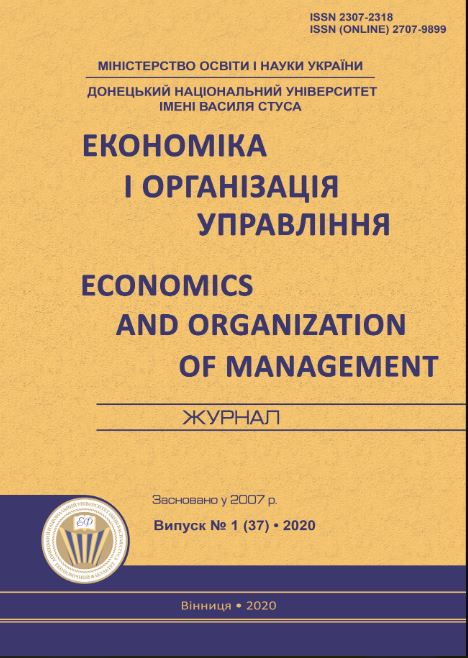Analysis of the efficiency of agricultural enterprises state support.
DOI:
https://doi.org/10.31558/2307-2318.2020.1.8Keywords:
agricultural enterprises, support programs, state supportAbstract
Farmers need state support and subsidies due to the seasonality of agricultural production, the existence of a time gap between the costs incurred and the production results, the dependence of agricultural production on natural climatic conditions. At the same time, a large amount of subsidies and a huge number of benefits don’t always ensure the profitability of agricultural activities and have a negative impact on the activities of agricultural enterprises. According to some researchers, subsidies are more beneficial to wealthy owners of large tracts of land than to farms. Government support programs block market mechanisms and cause economic damage, in particular contributing to inefficient land use and overproduction. The purpose of the article is to analyze the effectiveness of state support for agricultural enterprises. The study used methods of analysis, comparison, generalization and synthesis.
As a result of the analysis, it was found that despite state incentive programs to support domestic agricultural producers, the efficiency of agricultural enterprises shows a negative trend in reducing profitability. Among the main problems of state support for agricultural enterprises, we can highlight the insufficient level of subsidization of producers, problems with the receipt of budgetary funds and insufficient information support of farmers about existing state support programs. Many researchers also highlight other problems of the state support system, such as duplication of existing programs, lack of economic effect and difficult access of small and medium-sized enterprises to support programs. In order to improve the profitability of agricultural enterprises, it is important to ensure effective control over the implementation of state support programs, to improve existing subsidy mechanisms and to increase the access of small and medium agricultural enterprises to state programs.
References
Shutter, O., Jacobs, N., Clement, Ch.., Ajena, F. (2019). Towards a common food policy for the European Union, URL: https://www.agroecology-europe.org/wp-content/uploads/2019/02/CFP_FullReport.pdf (access date December 28, 2020)
Edwards, Ch. (2018). Agricultures subcidies. URL: https://www.downsizinggovernment.org/agriculture/subsidies (access date February 02, 2020)
Mitchell, I., Baker, A. (2019) New Estimates of EU Agricultural Support: An “Un-Common” Agricultural Policy. URL: https://www.cgdev.org/publication/new-estimates-eu-agricultural-support-un-common-agricultural-policy (access date December 24, 2019)
Nivievskyi, O., Deininger, K. (2019). How to make current agricultural fiscal support more efficient. URL: https://voxukraine.org/en/how-to-make-current-agricultural-fiscal-support-more-efficient/ (access date January 30, 2020)
Modernising&simplifying the CAP. Economic challenges facing EU agriculture. URL: https://ec.europa.eu/info/sites/info/files/food-farming-fisheries/key_ policies/documents/eco_background_final_en.pdf (access date November 21, 2019)

